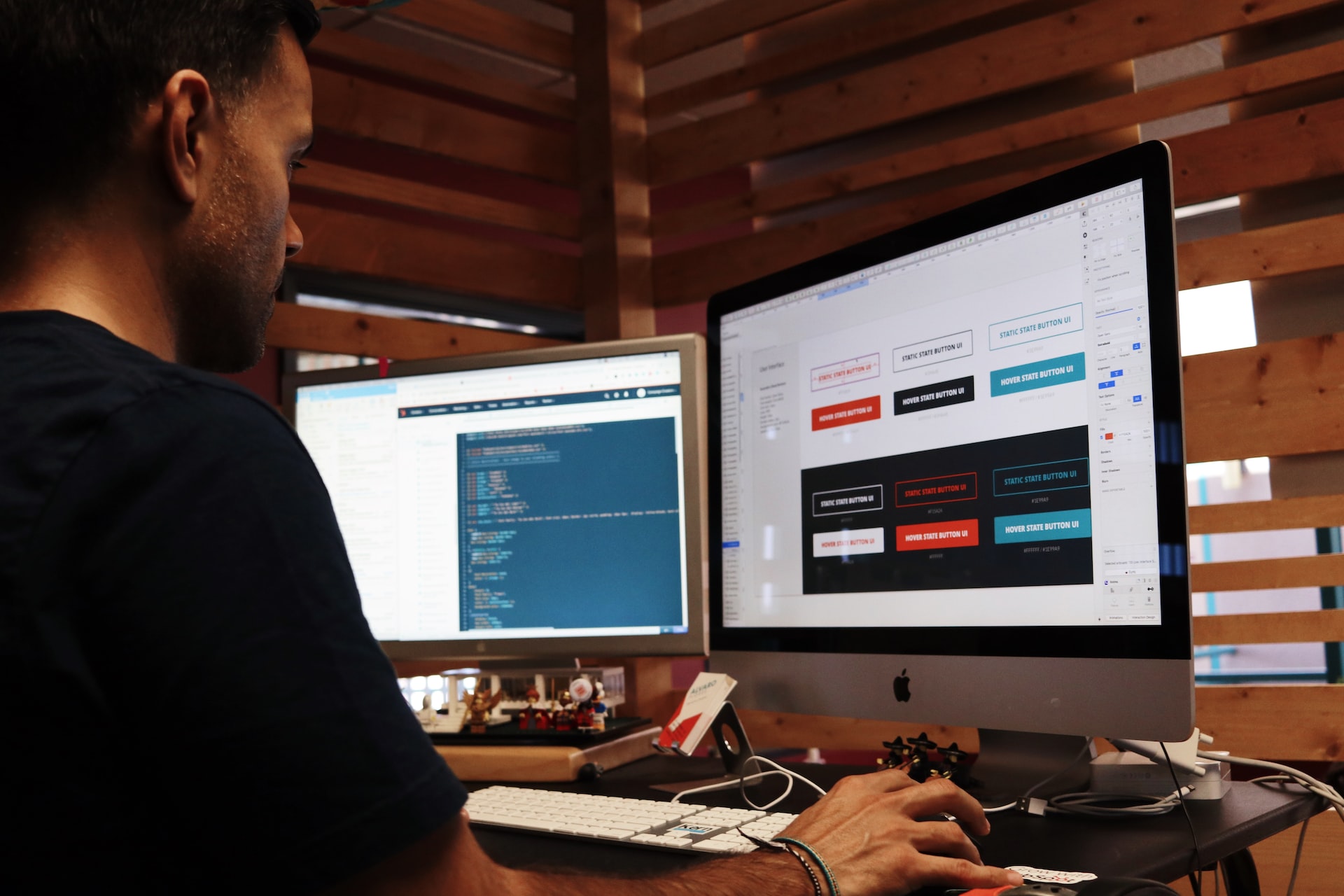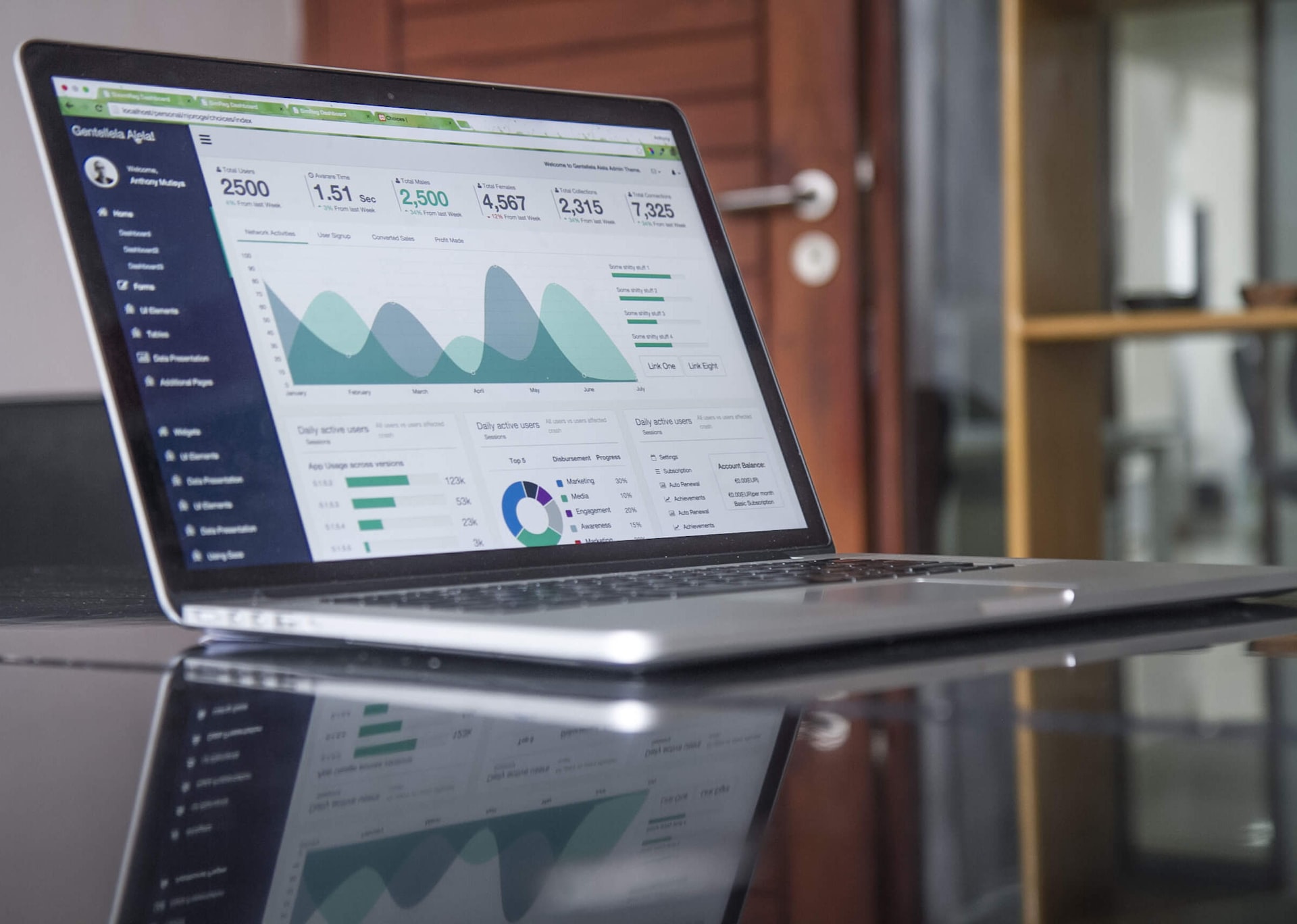Creating a website is an exciting endeavor that can open up new opportunities and allow you to reach a wider audience. But with so many decisions to be made, it can also be daunting. From deciding what domain name to use, to choosing the right hosting provider, there are numerous elements that must be considered before your site is ready to launch. In this guide, we will explore all the essential elements you should consider when working to create a website. So, read on, and let’s get started!
Contents
Domain Name
Your domain name is the address people will use to access your website and should be chosen carefully, as it can affect your search engine optimization (SEO) rankings. It is also important that you keep it short, memorable, and easy to type. If a .com version of your desired domain name is not available, you may consider a .net, .org, or other top-level domain (TLD). While it is possible to use a free domain, purchasing your own can help you appear more professional and build trust with potential customers.
Hosting Provider
The hosting provider you choose will determine the speed and performance of your website. You should also consider if they offer features such as website backups, security protocols, and customer support. It is important to do your research and choose a provider with a good reputation. Try to select a provider that offers hardware and software updates, as these can improve the performance of your website. Perhaps most importantly, make sure you select a provider with good uptime—so your website is always available to visitors.
Content Management System (CMS)
A headless cms software allows you to easily manage content on your websites, such as blog posts, images, and videos. Popular options include WordPress, Joomla!, and Drupal. Depending on the type of site you are building, some may be better suited than others. The CMS you choose should be user-friendly and allow for scalability to accommodate future growth. When selecting a CMS, make sure it is compatible with the hosting provider you have chosen. You want to be sure that your site runs smoothly, without any performance issues. If you are not comfortable managing your own website, you may want to consider hiring a professional developer to help with the setup and ongoing maintenance.
Design and Layout
 Your website’s design and layout should be attractive, clean, and intuitive. This is important to ensure visitors can find the information they are looking for quickly, and that they have a positive experience while browsing your site. Consider using a professional web designer or taking advantage of freemium themes available online. Namely, there are a lot of web designers and developers who can help you create a unique look and feel for your website. Make sure that your design looks great across different devices and browsers. Also, ask yourself if the design conveys your brand’s message and if it is easy to navigate. Having a mobile-responsive design is also important, as more and more people are using their phones to access websites.
Your website’s design and layout should be attractive, clean, and intuitive. This is important to ensure visitors can find the information they are looking for quickly, and that they have a positive experience while browsing your site. Consider using a professional web designer or taking advantage of freemium themes available online. Namely, there are a lot of web designers and developers who can help you create a unique look and feel for your website. Make sure that your design looks great across different devices and browsers. Also, ask yourself if the design conveys your brand’s message and if it is easy to navigate. Having a mobile-responsive design is also important, as more and more people are using their phones to access websites.
SEO Optimization
For your website to get found in search engine results, it must be properly optimized for SEO. This involves a complex process that includes selecting the right keywords, optimizing page titles and meta descriptions, ensuring pages are easily crawlable by search engine bots, and more. If you’re not an SEO expert, you may want to hire a professional to help with this. For example, Google offers an SEO starter guide for those who are new to website optimization. You can also use online tools such as Moz and Ahrefs to analyze your website’s performance, track keyword rankings, and identify potential issues.
Security Protocols
Security protocols are essential for any website as they protect against malicious attacks and hackers. A good web host should provide basic security measures such as SSL encryption and firewall protection, but you can also take additional steps such as implementing two-factor authentication. One of the more advanced security measures you can take is to use a content delivery network (CDN). A CDN is a network of servers located around the world that store copies of your website, making it faster and more secure. This can also help reduce bandwidth costs.
Analytics and Tracking
 Google Analytics is a powerful tool for tracking website performance, providing valuable insights into your visitors’ behavior, what content resonates with them, and which pages need improvement. This can help you understand how to better serve your customers and increase conversions. Additionally, you can use tracking tools such as Hotjar or Crazy Egg to understand visitor interactions with your website. These tools provide heatmaps and recordings of user sessions that allow you to identify pain points and areas for improvement.
Google Analytics is a powerful tool for tracking website performance, providing valuable insights into your visitors’ behavior, what content resonates with them, and which pages need improvement. This can help you understand how to better serve your customers and increase conversions. Additionally, you can use tracking tools such as Hotjar or Crazy Egg to understand visitor interactions with your website. These tools provide heatmaps and recordings of user sessions that allow you to identify pain points and areas for improvement.
Testing and Quality Assurance (QA)
Testing is an essential part of any website build process. You should test all aspects of your website, such as its design, functionality, performance, and security protocols. This will help you identify any potential issues before they become serious problems. Once the website has been tested and is ready to launch, it’s important to conduct a final round of QA checks to make sure everything looks and works as expected. This includes checking for any broken links, typos, and formatting errors.
Maintenance
Once your website is live, it’s important to keep it up-to-date and secure. This involves regularly updating the content, plugins, and themes as well as backing up your site on a regular basis. Additionally, you should monitor your website performance and look out for any security threats. You can also use monitoring tools to help detect any performance or security issues and ensure that your site is running as smoothly as possible. Over the course of time, you may also want to consider making changes and improvements to your site. This could include redesigning the overall look, adding new features, or optimizing the website for SEO. A lot of these changes can be done by yourself, but for larger projects, you may want to hire a web developer. Crafting a website is an intricate process, however by following these essential steps you can craft a successful one that meets the expectations of your customers. With thoughtful planning and execution, you can make sure that your webpage is aesthetically pleasing, functional, secure, and optimized for search engines. Don’t forget to keep testing and adjusting so it remains up-to-date – this way your users have the ideal experience possible.






